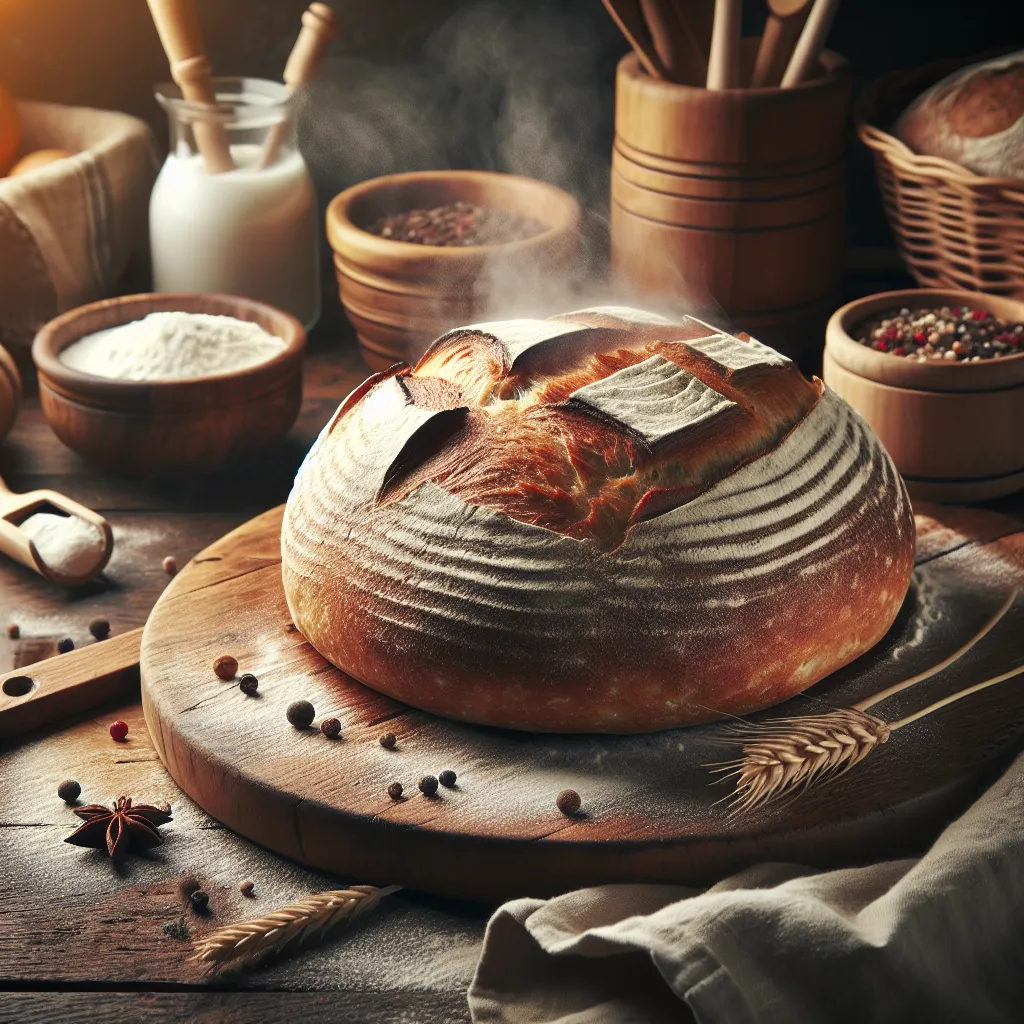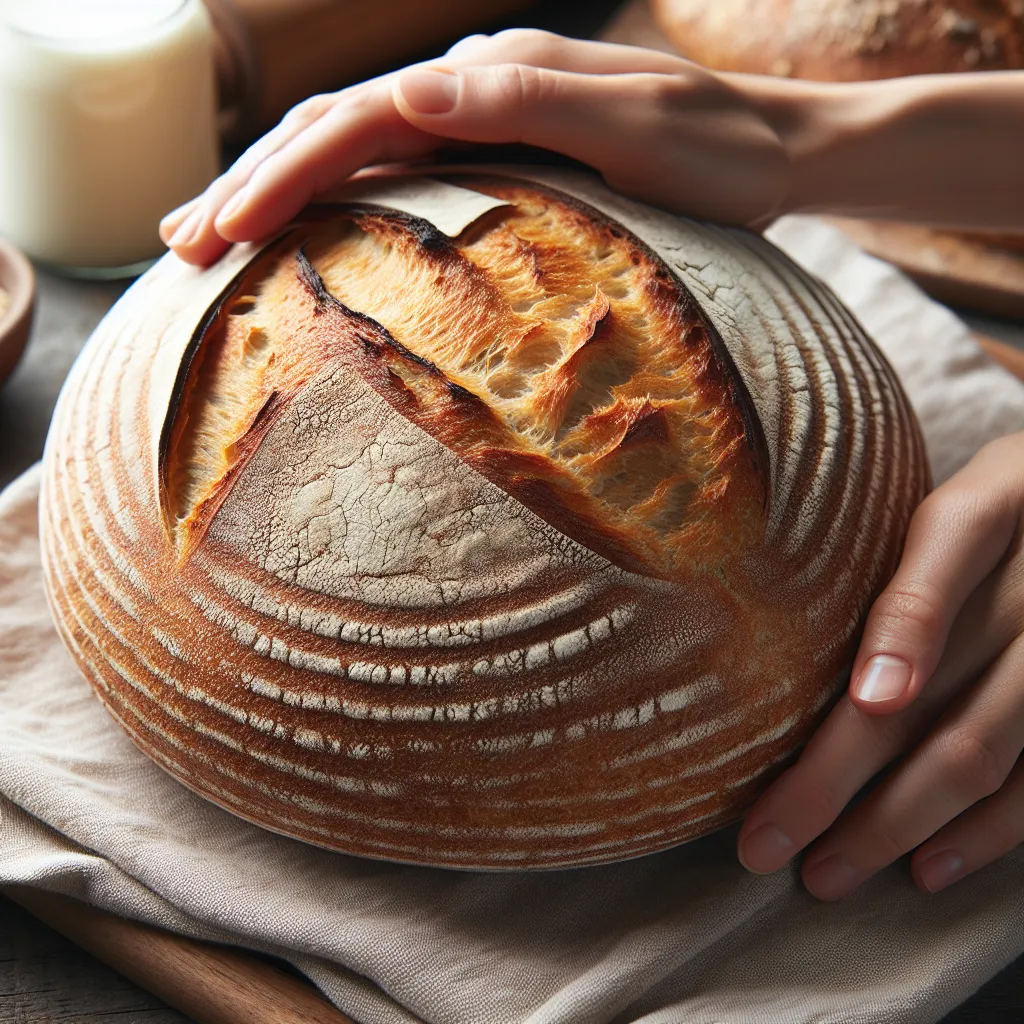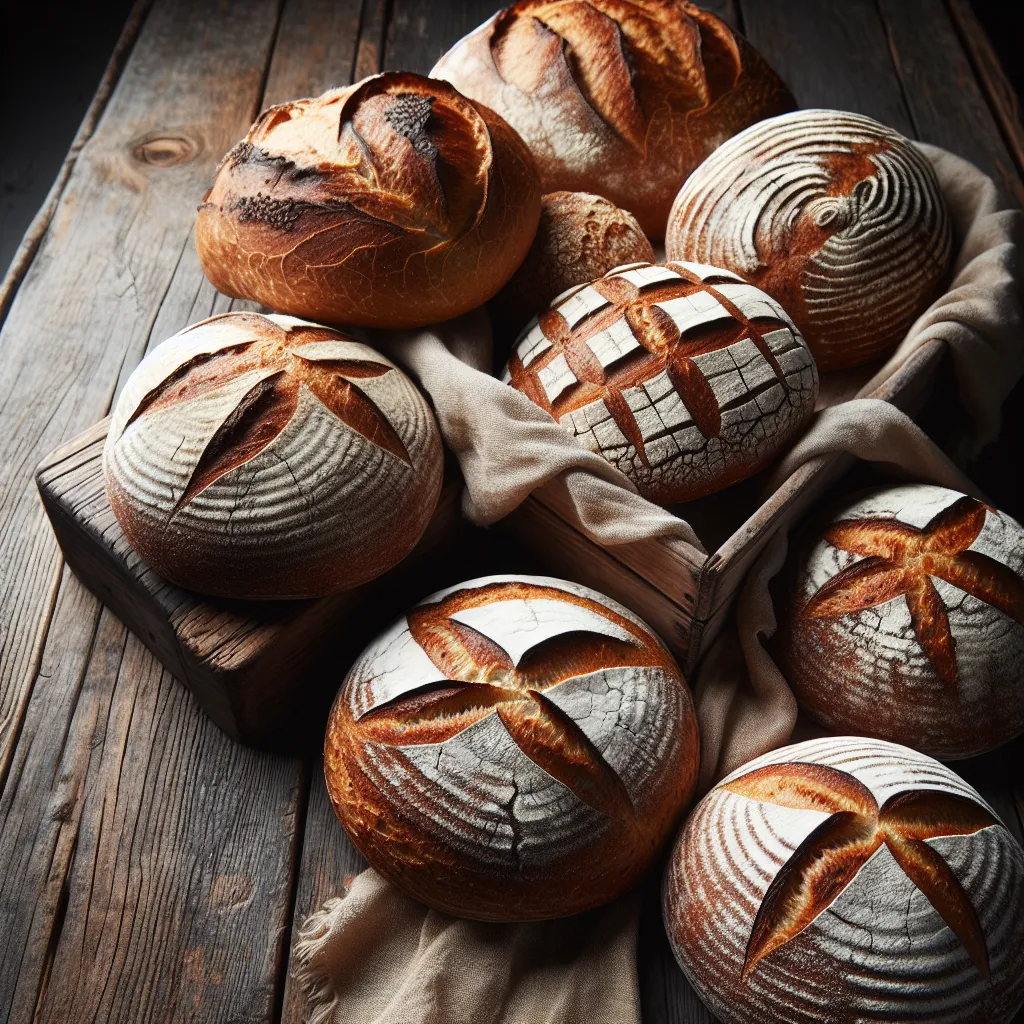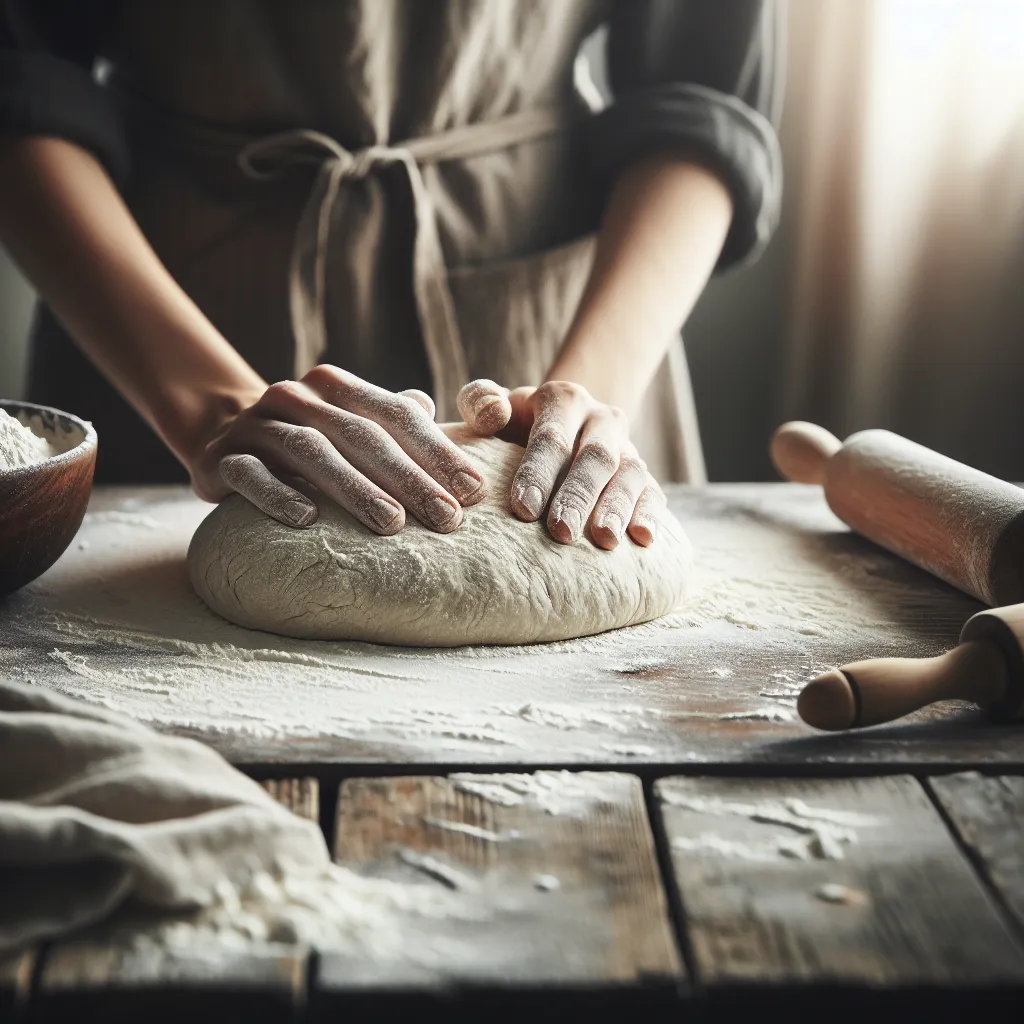The History of Bread Making
Bread making is a time-honored tradition that has been passed down through generations, with a rich and diverse history that spans across different cultures and civilizations. The art of bread making dates back to ancient times, with evidence of bread production found in archaeological sites dating back over 30,000 years. Early breads were simple mixtures of water and grain that were cooked on hot stones, resulting in a precursor to the delicious loaves we enjoy today. As civilizations progressed, so did the techniques and ingredients used in bread making, leading to the diverse array of breads found around the world.
From the fluffy baguettes of France to the hearty rye breads of Eastern Europe, each culture has contributed its own unique methods and flavors to the art of bread making. The industrial revolution marked a significant turning point in bread production, with the introduction of mechanized mixing and kneading processes that allowed for mass production and distribution.
Today, as the world embraces artisanal and homemade goods, many individuals are rediscovering the joy of bread making in their own kitchens. By mastering the art of bread making, beginners can tap into this rich history and tradition while creating delicious, fresh loaves to enjoy with family and friends.
Essential Tools and Ingredients for Bread Making
Mastering the art of bread making requires the right tools and ingredients to create delicious, homemade loaves. Whether you’re a beginner or experienced baker, having the essential tools and ingredients is crucial for success. Let’s take a closer look at what you’ll need to embark on your bread making journey.
First and foremost, a good quality set of mixing bowls is essential. Different sizes are useful for preparing the dough and allowing it to rise. A sturdy mixing spoon or spatula is also necessary for combining the ingredients and kneading the dough.
When it comes to ingredients, high-quality flour is the cornerstone of any bread recipe. Whether you prefer all-purpose, whole wheat, or bread flour, using fresh, good quality flour will significantly impact the outcome of your bread. Yeast is another key ingredient, whether you opt for active dry yeast or instant yeast, both work well for bread making.
Additionally, having a reliable bread pan or Dutch oven for baking your bread is crucial. A sharp bread knife for slicing your freshly baked loaves and a kitchen scale for measuring ingredients by weight are also important tools to have on hand.
In summary, essential tools and ingredients for bread making include mixing bowls, mixing spoon or spatula, high-quality flour, yeast, bread pan or Dutch oven, bread knife, and a kitchen scale. With these foundational elements in your kitchen, you’ll be well-equipped to begin your bread making adventure.
Step-by-Step Guide to Mastering Bread Making Techniques
Mastering the art of bread making can be a rewarding and fulfilling endeavor for beginners looking to explore the world of baking. Understanding the step-by-step guide to mastering bread making techniques is essential for achieving the perfect loaf. To begin, it’s crucial to familiarize yourself with the basic ingredients: flour, water, yeast, and salt. The quality of these ingredients significantly impacts the final outcome of your bread. Once the ingredients are assembled, the next step is to mix and knead the dough. Kneading helps develop the gluten in the dough, resulting in the desired texture and structure of the bread.
After kneading, the dough should be left to rise, allowing the yeast to ferment and create carbon dioxide, which causes the dough to expand. Shaping the dough is another important step, as it determines the final appearance of the bread. Whether you opt for a traditional round loaf or an intricately braided one, shaping requires a delicate touch and attention to detail. The final crucial step is baking the bread to perfection. Mastering the timing and temperature of the oven is essential for achieving the ideal crust and crumb.
By following this step-by-step guide, beginners can gradually hone their bread making skills and progress towards creating professional-quality loaves. Patience, practice, and a willingness to learn from both successes and failures are all essential to mastering the art of bread making.
Exploring Different Types of Bread from Around the World
When it comes to mastering the art of bread making, one of the most exciting aspects is exploring the different types of bread from around the world. Each culture has its own unique approach to bread making, resulting in a diverse array of flavors, textures, and baking techniques. From the chewy baguettes of France to the airy naan of India, the world of bread offers a rich tapestry of traditions to discover.
One iconic bread type that has captivated the world is the baguette, a staple of French cuisine. Its crispy crust and soft, chewy interior make it a beloved choice for sandwiches or simply enjoyed with some butter. Moving to the Middle East, we encounter the fragrant and versatile flatbread known as naan. Typically cooked in a tandoor oven, naan pairs beautifully with a wide range of savory dishes and is perfect for scooping up curries.
Italy’s contribution to the global bread scene is the beloved focaccia, a flavorful and herb-infused flatbread that is often adorned with toppings like olives, herbs, or cherry tomatoes. Meanwhile, the pita bread of the Mediterranean and Middle Eastern regions serves as a perfect vessel for delivering falafel, kebabs, or gyros.
Exploring the different types of bread from around the world not only introduces us to new flavors and textures but also provides insight into the cultural significance of bread in various societies. Whether it’s the hearty rye bread of Northern Europe or the sweet, steamed buns of Asia, each type of bread tells a story of tradition, innovation, and the universal love for this timeless staple.




